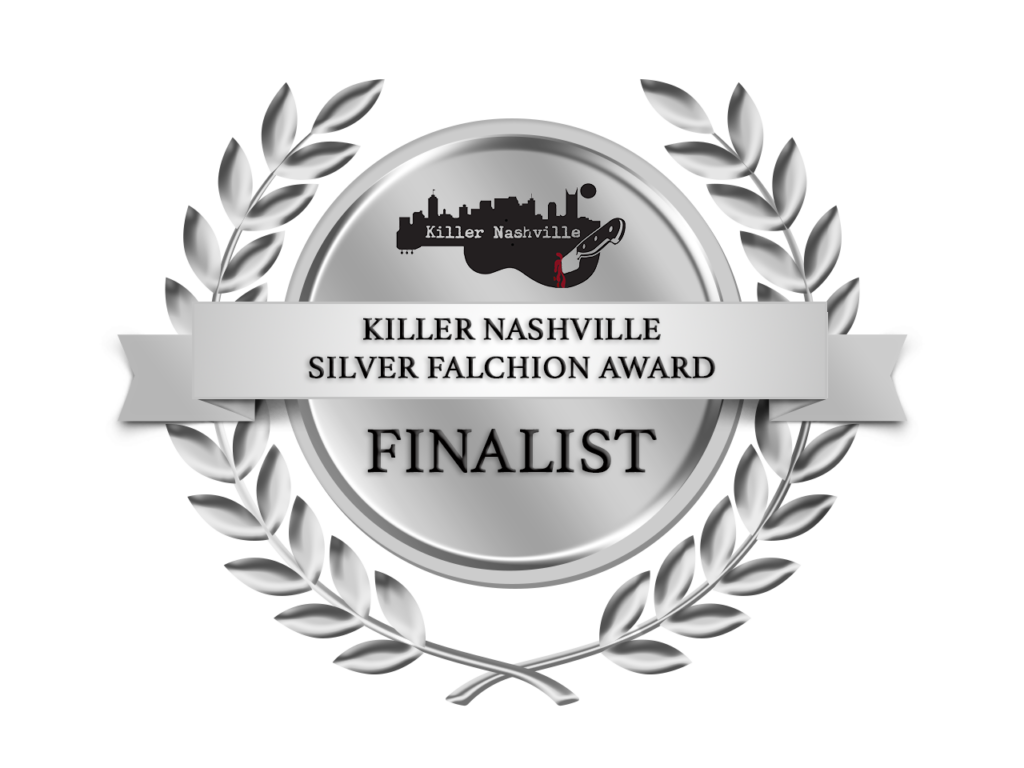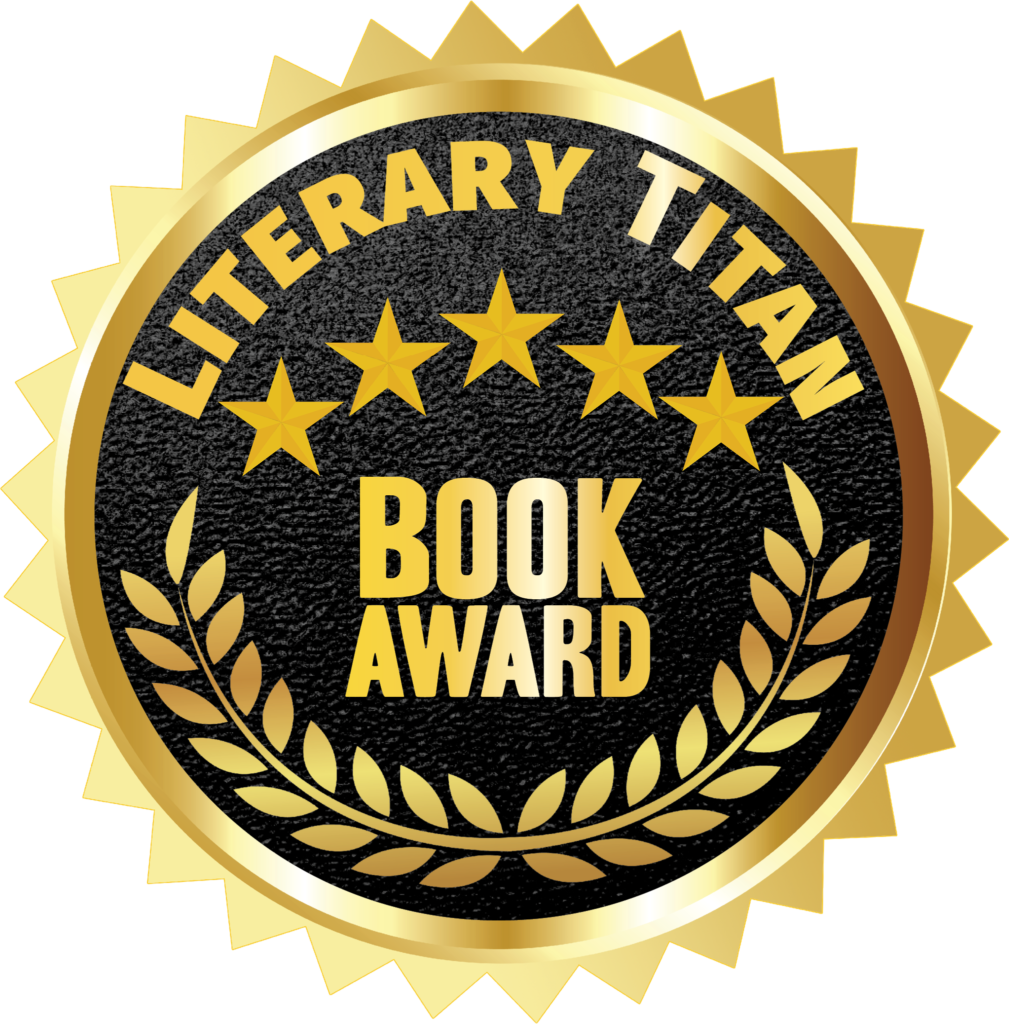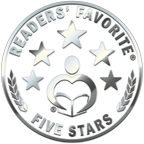One of the things I love about fairy tales is that the characterization is incredibly simple and direct. The Princess, for example. The Fool. The Evil Monarch. The Beast.
And what I love most about that kind of characterization isn’t actually simple at all. It’s like the curtain at the theater, just waiting to roll back and display all kinds of complexity! Today’s example is, you guessed it, the Beast.
What makes the Beast interesting, in my opinion, is that he isn’t actually a particular kind of beast. Well–technically you could say he’s a chimera, or a creature made up of different parts of other creatures (bull head, lion’s tail, boar’s feet, etc). Most chimeras in other tales are part dragon or breathe fire, at the very least. In folklore, they can be used to symbolize someone who hides their true identity.
So that last part could fit our Beast, but the fire-breathing definitely doesn’t (fortunately!). Let’s focus on his head, which is usually portrayed as bull- or buffalo-like–especially after the Disney movie. Bulls can often be a symbol for stubbornness, power, or even tyranny. Just think of the phrase “bull-headed”! A monster with the head of a bull harkens back to the Minotaur of Greek mythology, which was wild, terrifying, and sometimes thought to be a symbol of repressed emotions. So far, all those things track with Beauty and the Beast!
But of course the fascinating thing about a “Beast” is that it can be whatever we want it to be–whatever we find scary or evocative, or just the right blend of both. In my own story, Beauty and the Alchemist, the Beast is more along the lines of a chimera. Rather than being scary or powerful, he’s hiding something. But then again, most character are, aren’t they? 😉
Selected Sources
If you want a quick link to a surprisingly interesting read, the Wikipedia page on Disney’s Beast is actually quite thorough!
However, I relied mostly on books for this one, including Nozedar’s The Element Encyclopedia of Secret Signs and Symbols (Harper Element, 2008) and Conway’s Magickal Mystical Creatures (Llewellyn 2019).





